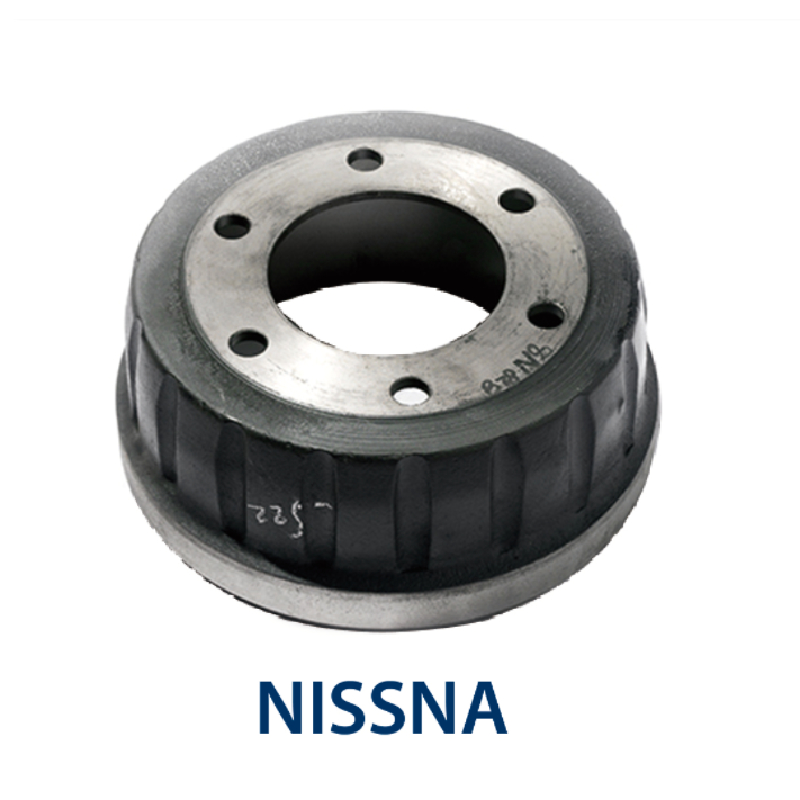12 月 . 05, 2024 15:50 Back to list
Heavy-duty trailer brake drum for 3500 lbs capacity vehicles and trailers
Understanding 3500 lb Trailer Brake Drums A Comprehensive Overview
When it comes to towing trailers, the importance of reliable braking systems cannot be overstated. One essential component of trailer braking systems is the brake drum, particularly for trailers with a Gross Vehicle Weight Rating (GVWR) of around 3500 pounds. Understanding the function, types, maintenance, and selection of a 3500 lb trailer brake drum can significantly improve safety and performance.
Function of Brake Drums
Brake drums are crucial in the vehicle's braking system, particularly for trailers. They are round, cylindrical components that rotate with the wheel and serve as a surface for the brake shoes to press against. When the brake is applied, the brake shoes expand against the interior surface of the drum, creating friction that slows down or stops the trailer. In a typical 3500 lb trailer setup, the braking system must efficiently handle the weight load while ensuring stability and control.
Types of Brake Drums
There are primarily two types of braking systems used in trailers electric and hydraulic. Electric brake drums rely on the electric brake controller, activated by the towing vehicle. This system offers greater precision and can be adjusted based on driving conditions. On the other hand, hydraulic brake drums operate through fluid pressure from the brake line, which may offer more immediate braking response but requires a compatible towing vehicle.
For trailers rated at 3500 pounds, selecting the appropriate brake drum involves considering the type of system in use. Standard sizes for brake drums typically range from 9 to 12 inches in diameter, and the choice may vary depending on the specific trailer design and weight distribution.
Importance of Material and Design
3500 lb trailer brake drum

Brake drums are generally made from cast iron or aluminum. Cast iron is favored for its heat dissipation properties and durability, while aluminum might be chosen for lightweight applications, although it may not be as robust. The design of the brake drum can also influence overall braking performance. Vented or slotted designs can improve airflow, allowing for better cooling during prolonged use, which is vital for trailers that experience heavy loads.
Maintenance and Inspection
Regular maintenance of trailer brake drums is crucial for safety. Inspecting the brake system should be part of routine trailer upkeep. Look for signs of wear on the brake shoes, drum surface, and hardware integrity. Cracks, excessive wear, or glazing on the drum surface are indicators that maintenance or replacement may be required.
In addition, ensuring that the braking system is correctly adjusted will help maintain optimal performance. An unbalanced brake system can lead to uneven wear and compromised stopping power. It is recommended to have the brake system inspected by professionals annually, particularly before long trips or heavy hauls.
Choosing the Right Brake Drum
When purchasing a brake drum for a 3500 lb trailer, ensure compatibility with the existing braking system and axle specifications. Consult the trailer’s manual or a professional to understand the specific requirements. Additionally, consider the manufacturer’s reputation, warranty, and customer reviews to gauge quality.
In conclusion, the brake drum is a pivotal component in ensuring the safety and efficiency of 3500 lb trailers. Understanding the types, materials, maintenance procedures, and selection criteria will significantly enhance the towing experience. Properly maintained brake drums not only improve stopping distances but also contribute to overall vehicle control, making them indispensable for safe trailer operation. Always remember, reliable brakes pave the way for safer travels, and investing in quality components pays dividends in the long run.
-
Brake Drum for Kamaz Trucks Durable OEM Replacement & High Performance
NewsMay.30,2025
-
Brake Drum Man High-Quality Drum Brake & Shoe Solutions
NewsMay.30,2025
-
High-Performance Brake Drum for Kamaz Trucks Durable Drum Brake Components
NewsMay.29,2025
-
Brake Drum Man High-Quality Drum Brake Drums & Brake Shoes
NewsMay.29,2025
-
Brake Drum MAZ High-Performance & Durable Replacement Parts
NewsMay.29,2025
-
heavy truck brake drums
NewsMar.07,2025
